Arriving in Krakow
I bribed the conductor $20 for a window seat in a car with Air Conditioning. I am doubtful there is air conditioning, outside of my hotel room, in this entire country. The stores in downtown Warsaw, the big city, are not air-conditioned. I can’t take it. He showed us to a car that sat 4 people. A young man and woman were sitting near the window. He asked them to move. They did. We sat at the window. They were in a snit. It’s a good thing I can’t speak Polish.
Largest Medieval Town Square in Europe
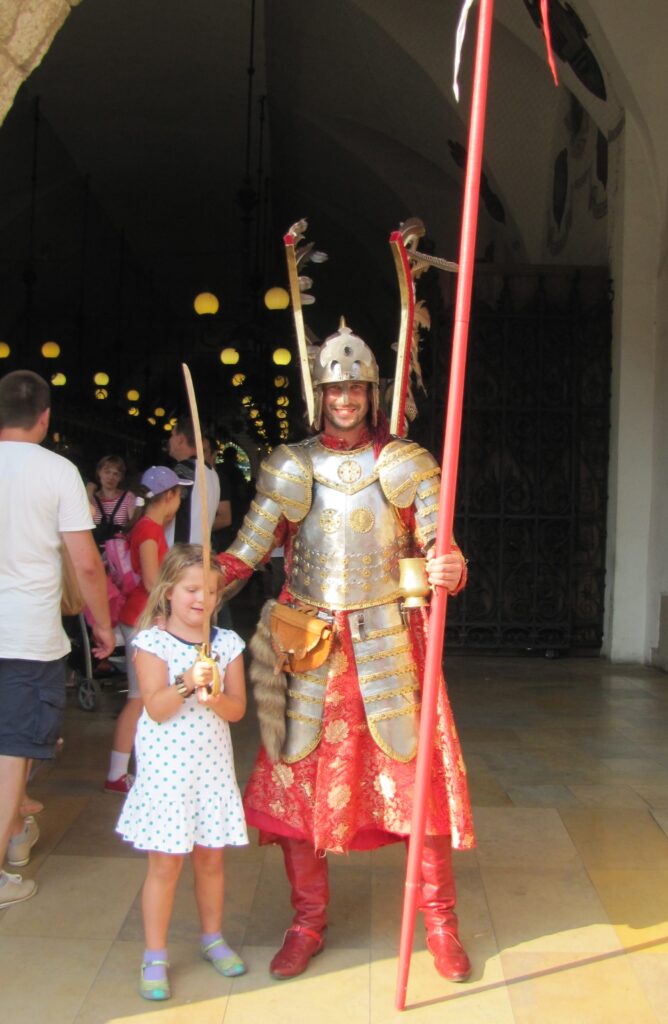
History Alert. Krakow was the capital of Poland for 300 years starting in 1320. But, Krakow was not the capital of Poland during WWII and, so, escaped utter destruction. This is very fortunate for future generations. All the exquisite buildings are still there for us.
Feast your eyes. The town square with Cloth Hall taking center stage.
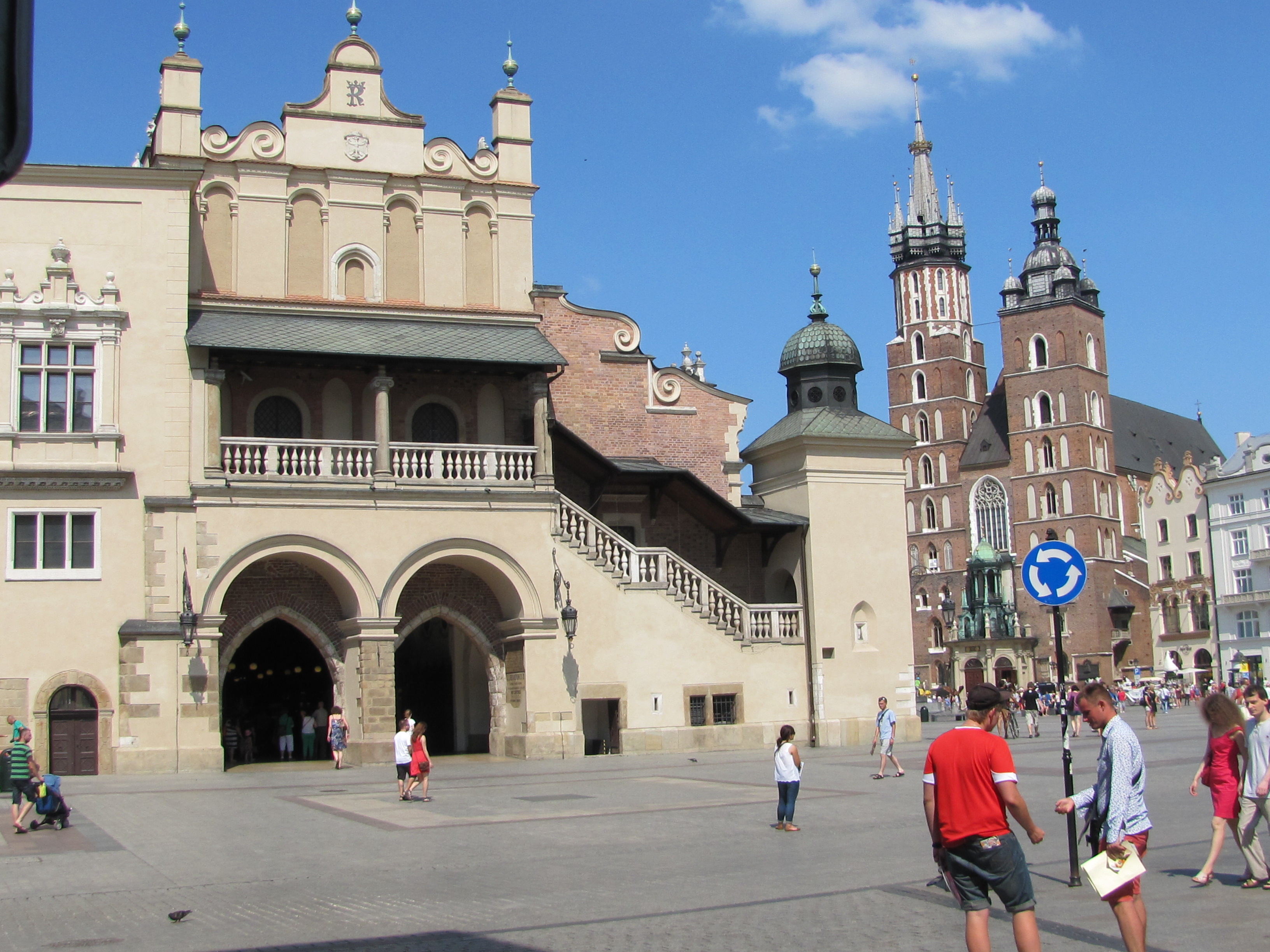
Inside, there is shop after shop selling well-made, attractive souvenirs.
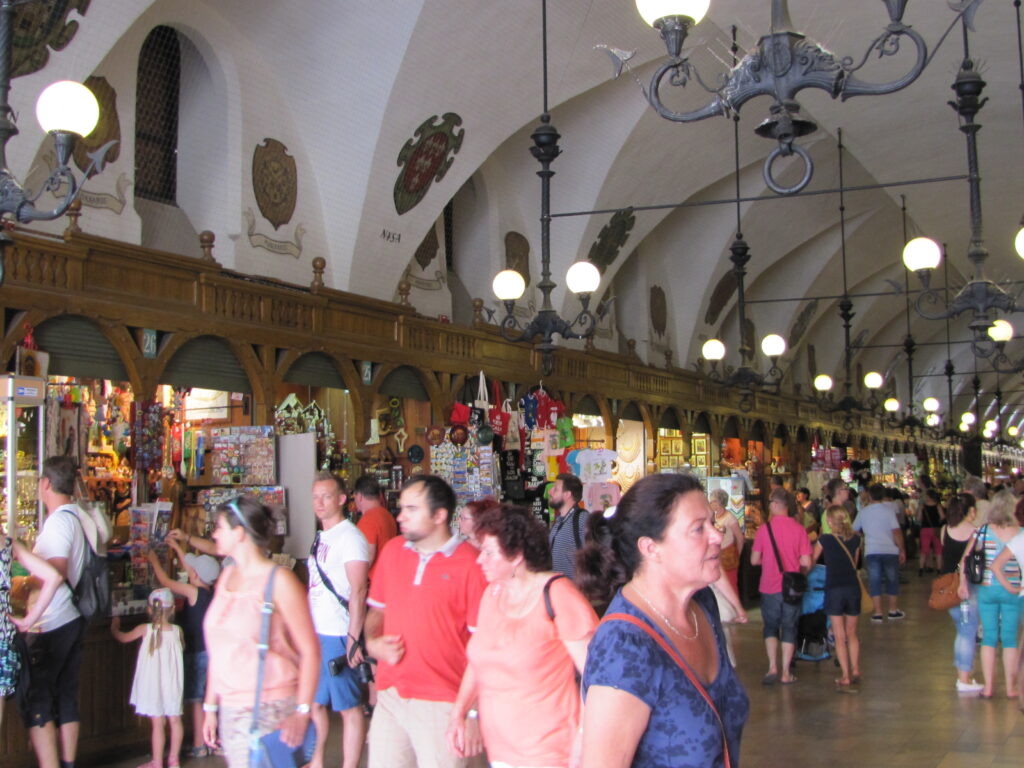
The Hejnal in Krakow
The tallest tower of the Basilica of St. Mary’s church was also Krakow’s main watchtower. A bugler used to climb to the top of the tower every morning and evening. He played the hejnal to let the guards know when it was safe to open and close the gates to the city.
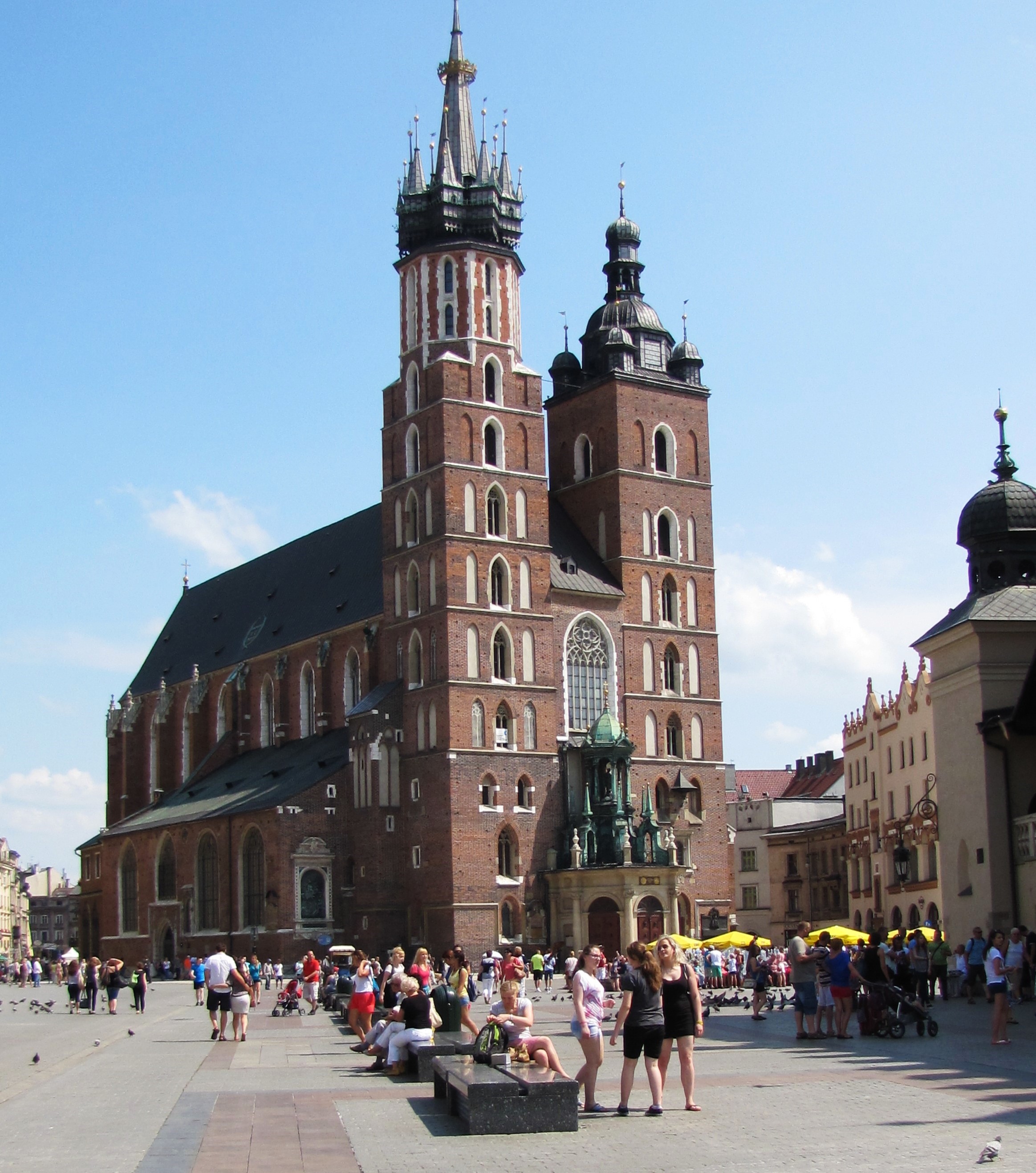
Legend has it that 700 years ago the bugler’s song ended when Mongol hordes attacked. An arrow pierced the throat of the bugler. Since then, the trumpeter of Krakow’s song, called the hejnal, stops playing at the very same note. This is to honor the watchman who died. The Nazis allowed the bugle to play throughout the occupation. They occupied Poland from September 1939 until the end of the war in May 1945.

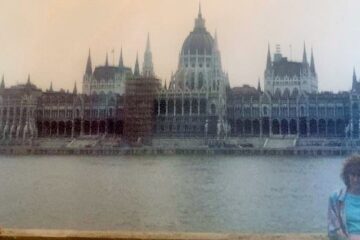
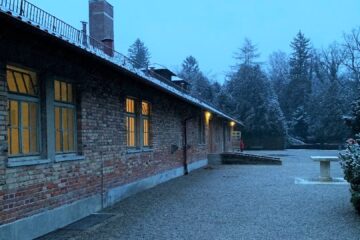
0 Comments